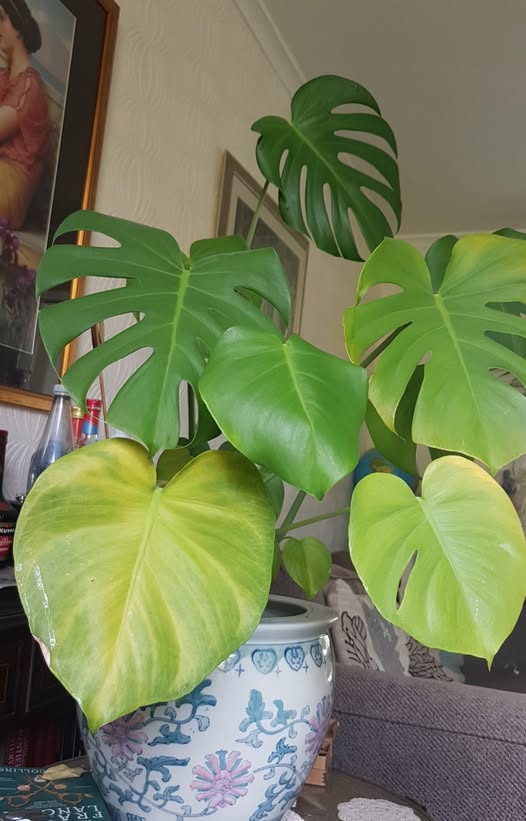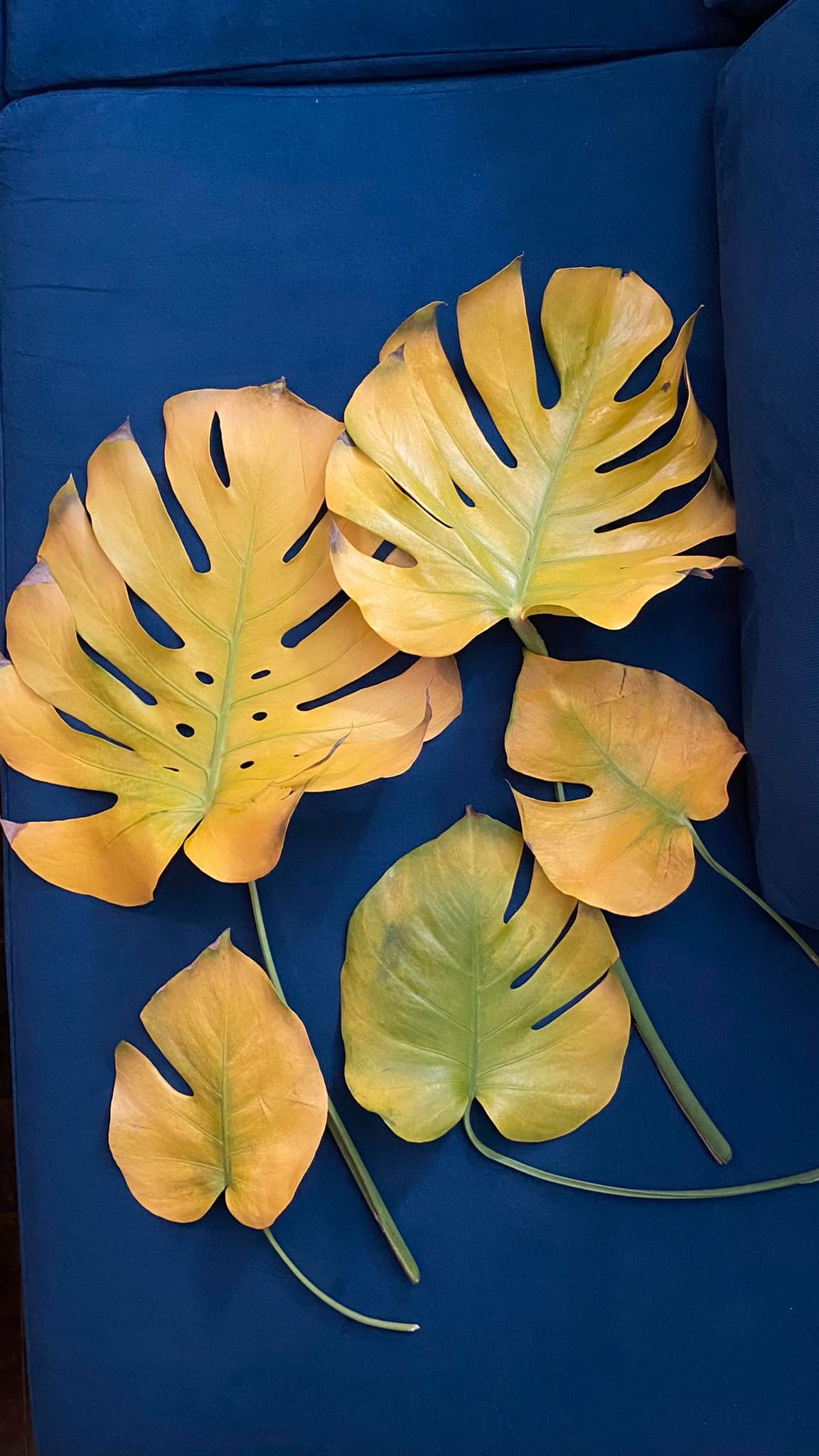
Monstera plants are known for their stunning, lush green foliage, making them a favorite among plant lovers. However, if you’ve noticed yellow leaves on your Monstera, you might be worried that something is seriously wrong. The good news? Yellowing leaves don’t always spell disaster. In fact, with the right care adjustments, you can restore your Monstera’s health and keep it thriving.
In this article, we’ll explore eight common reasons why Monstera leaves turn yellow and how you can fix them. Let’s get your Monstera back to its vibrant self!
I’ve provided detailed information in the article below to help with your concerns, However, if you still have questions or need more help, feel free to share photos of your plants or describe your issue on our Facebook Group. Just join the group and leave a comment on the most recent post — either I or someone from the community will respond as soon as possible. We also share helpful and unique plant care tips daily, so consider joining the group to stay updated!

1. Overwatering: The #1 Cause of Yellow Leaves
Why It Happens
Monstera plants are tropical but don’t appreciate soggy soil. Overwatering leads to root rot, which prevents the plant from absorbing nutrients properly, causing yellow leaves.
How to Fix It
- Check the soil moisture before watering. Stick your finger about an inch deep—if it’s still damp, wait before watering again.
- Ensure your pot has proper drainage holes.
- Consider switching to a well-draining soil mix with ingredients like perlite or orchid bark.
- If root rot is severe, repot your Monstera after trimming off damaged roots.
2. Underwatering: Thirsty Plants Show Signs Too
Why It Happens
If you’re too cautious about overwatering, you might be underwatering instead! A dry Monstera will have yellow, curling leaves due to dehydration.
How to Fix It
- Water your Monstera when the top 1-2 inches of soil feel dry.
- Increase watering frequency during warmer months.
- Use a moisture meter if you’re unsure about when to water.
- Consider bottom watering to ensure the roots absorb moisture evenly.
3. Poor Drainage: Sitting Water is a Silent Killer
Why It Happens
Even if you’re watering correctly, poor drainage can lead to water retention, which suffocates roots and causes yellowing.
How to Fix It
- Use a pot with drainage holes.
- Avoid using pots that are too large, as they retain excess moisture.
- Add aeration to your soil mix with sand, perlite, or bark chips.
- Elevate your pot slightly to allow proper water runoff.
4. Low Humidity: Monsteras Love the Tropics
Why It Happens
Monsteras thrive in humid conditions, and dry indoor air can cause stress, leading to yellowing and crispy edges on leaves.
How to Fix It
- Increase humidity with a humidifier.
- Place a tray of water with pebbles near your plant.
- Group your Monstera with other plants to create a microclimate.
- Mist the leaves occasionally (but avoid overdoing it to prevent fungal issues)
5. Too Much Direct Sunlight: Sunburn is Real
Why It Happens
Monsteras love bright, indirect light, but too much direct sunlight can scorch their leaves, causing yellow or brown patches.
How to Fix It
- Move your plant to a spot with filtered light, like near a sheer-curtained window.
- Rotate your Monstera occasionally to ensure even light exposure.
- If using grow lights, adjust their intensity or distance to prevent burning.
6. Nutrient Deficiency: Feeding Your Plant Matters
Why It Happens
A lack of essential nutrients like nitrogen, iron, or magnesium can lead to yellowing leaves, as the plant struggles to photosynthesize effectively.
How to Fix It
- Use a balanced, water-soluble fertilizer every 4-6 weeks during the growing season.
- Consider a nitrogen-rich formula if older leaves are yellowing.
- If yellowing occurs between veins, use a fertilizer with iron and magnesium.
- Flush out excess salts from fertilizers by occasionally watering with distilled water.
7. Pests: Tiny Intruders Causing Big Problems
Why It Happens
Spider mites, mealybugs, and scale insects suck the nutrients from Monstera leaves, leading to discoloration and weakening the plant.
How to Fix It
- Inspect your plant regularly for tiny bugs, webbing, or sticky residue.
- Wipe leaves with a damp cloth and a mild soap solution.
- Treat infestations with neem oil or insecticidal soap.
- Quarantine new plants before introducing them to your collection.
8. Natural Aging: Some Yellowing is Normal
Why It Happens
Older Monstera leaves naturally yellow and die as the plant redirects energy to new growth. This is a normal part of its life cycle.
How to Fix It
- Trim off old, yellowing leaves to encourage new growth.
- Ensure your Monstera is growing in optimal conditions to reduce unnecessary stress.
- Focus on overall plant health rather than a few aging leaves.
